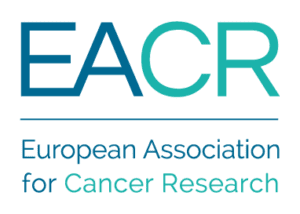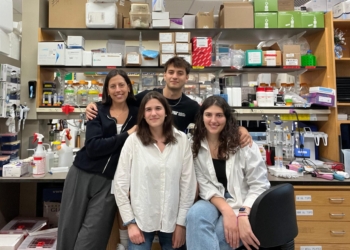The EACR’s ‘Highlights in Cancer Research’ is a regular summary of the most interesting and impactful recent papers in cancer research, curated by the Board of the European Association for Cancer Research (EACR).
The list below appears in no particular order, and the summary information has been provided by the authors unless otherwise indicated.
Use the dropdown menu or ‘Previous’ and ‘Next’ buttons to navigate the list.
Launonen, I.M. et al. Cancer Cell. 42 (12): p2045-2063.e10. (2024).
doi: 10.1016/j.ccell.2024.11.005.
 Summary of the findings
Summary of the findings
High-grade serous ovarian cancer (HGSC), the most common and aggressive form of ovarian cancer, is marked by genomic instability and the development of resistance to treatments. Anti-tumor immunity plays a crucial role in therapy response and clinical outcomes, but how it is modulated by chemotherapy in HGSC remains poorly understood. To explore this, we used multi-omics profiling, including genomics, single-cell RNA sequencing (scRNA-seq), tissue imaging, and spatial transcriptomics on 117 patient samples containing over 25 million single cells. We discovered Myelonets—networks of connected immune cells—acting as previously unrecognized compartments that contribute to CD8+ T cell exhaustion following chemotherapy. Our data show that the M1/M2 polarization at the tumor-stroma interface is linked to T cell exhaustion and exclusion, which is associated with poor chemotherapy response. Additionally, we found that myeloid-T cell interactions through NECTIN2-TIGIT signaling, which is induced by chemotherapy, are crucial to this process. We successfully targeted these interactions using a patient-derived immuno-oncology platform, showing that high NECTIN2-TIGIT signaling in tumor samples can predict responses to immune checkpoint therapies. Our findings highlight the role of myeloid-driven, spatially confined T cell exhaustion, offering new targets for immunotherapy and strategies for patient stratification in ovarian cancer.










